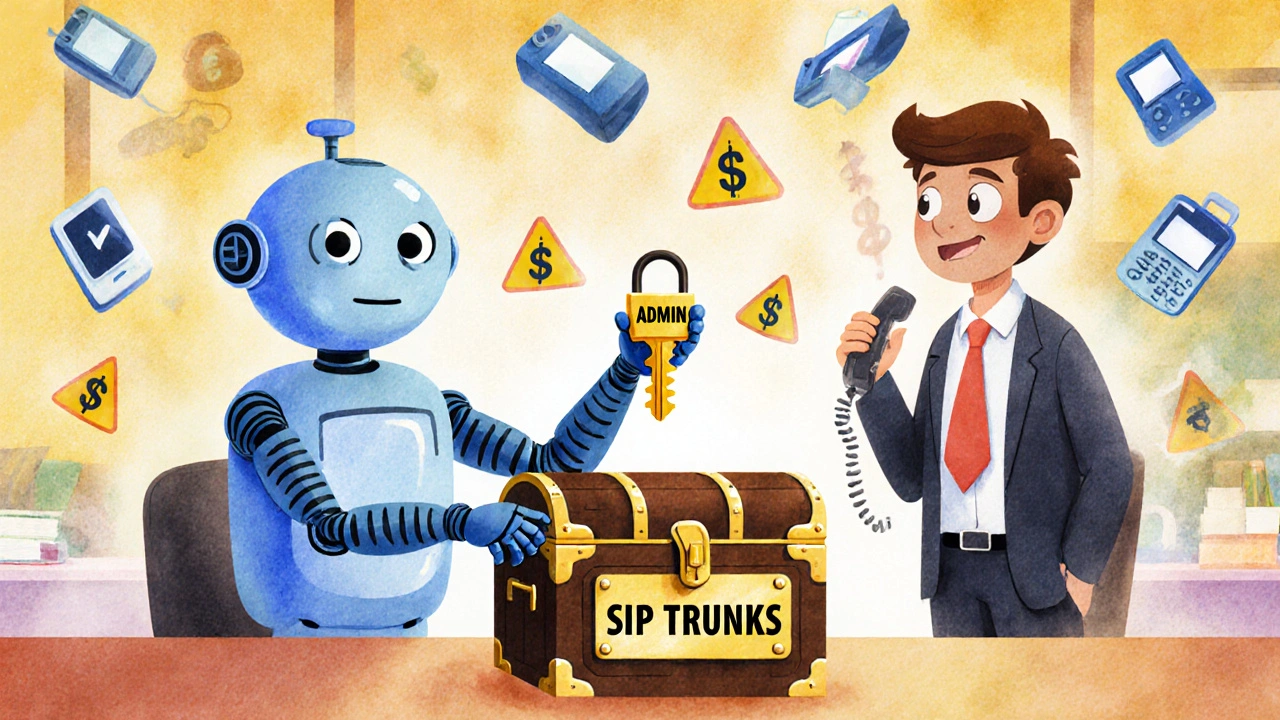Voice over IP access control: Stop hackers, block spam calls, and lock down your phone system
When you use Voice over IP access control, the set of methods that determine who can connect to your phone system and what they can do. Also known as VoIP security policies, it acts like a digital bouncer for your business calls—letting in authorized users while keeping out hackers, robocallers, and bots. Without it, your VoIP system is wide open. Attackers can hijack accounts, drain your balance with international calls, or even eavesdrop on conversations. It’s not just about passwords—it’s about how your system verifies who’s calling, where calls come from, and what tools block bad traffic before it hits your network.
Real VoIP access control relies on three key pieces working together. First, SIP authentication, the process where devices prove their identity using encrypted credentials before making or receiving calls. Also known as SIP registration, it stops fake phones from pretending to be yours. Second, VoIP firewalls, specialized network tools that filter traffic based on rules, blocking suspicious SIP requests and brute-force login attempts. Unlike regular firewalls, these understand VoIP protocols and can shut down attacks in milliseconds. And third, call encryption, the scrambling of voice data so only the intended recipient can decode it. Also known as SRTP, it prevents eavesdropping on calls over public Wi-Fi or untrusted networks. These aren’t optional extras—they’re the foundation of any secure business phone system. If your provider doesn’t mention these by name, your system is likely vulnerable.
You’ll find these controls in every serious VoIP setup—from small offices using cloud PBX systems to hospitals and schools running SIP paging networks. The posts below show you exactly how to set them up, what tools actually work, and how to spot when your system is under attack. No theory. No fluff. Just real fixes for real problems: how to stop SIP brute-force attacks with Fail2ban, why MD5 authentication is outdated, how to configure rate limits, and which codecs and settings leave you exposed. Whether you’re managing a team of five or a call center with 200 agents, if you’re using VoIP, you need to lock it down. Here’s how.

